
WASHINGTON — U.S. Sen. Edward Markey (D-Mass) and Rep. Chris Deluzio (D-Pa.) have reintroduced a bill that would devote $200 billion over a five-year period for rail projects including high speed rail and electrification of some lines.
The All Aboard Act, announced by Markey on Tuesday (July 29, 2025) revives legislation introduced late in 2024 [see “Senator introduces bill …,” Trains News Wire, Dec. 17, 2024]. It includes:
— Creation of dedicated formula funding for rail projects, as long has existed for highway projects;
— Establishment of a $50 billion “Green Railroad Fund” to electrify the most highly polluting rail yards and highest trafficked rail corridors, and support “electric high-performance passenger rail projects;”
— $150 billion over five years to expand existing programs: $80 billion for the Federal-State Partnership for Intercity Passenger Rail grant program; $30 billion for Consolidated Rail Infrastructure Safety and Improvement, or CRISI; $30 billion for Amtrak; and $10 billing for the Grade Crossing Elimination program.
— $500 million in grants under the Clean Air Act to address pollution from diesel locomotives at rail yards;
— $300 million for freight and passenger rail training centers, in partnership with organized labor, to develop the rail industry’s future workforce.
Full text of the bill is available here.
“By investing billions in America’s rail network, we can drive down emissions, make our communities more connected, and create union jobs,” Markey said in a press release. “That is a future all Americans are on board with.”
Deluzio, who will lead the House version of the legislation, said the bill “will make American passenger and freight rail a lot safer and cleaner, slash road traffic, and invest in the rail workers who make it all happen.”
The bill introduced in 2024 died in committee.
Another bill called the All Aboard Act has already been introduced in the House. H.R. 759 calls for Amtrak to refund the cost of tickets when trains are cancelled or delayed more than three hours [see “Bill requiring Amtrak refunds …,” News Wire, Feb. 3, 2025].






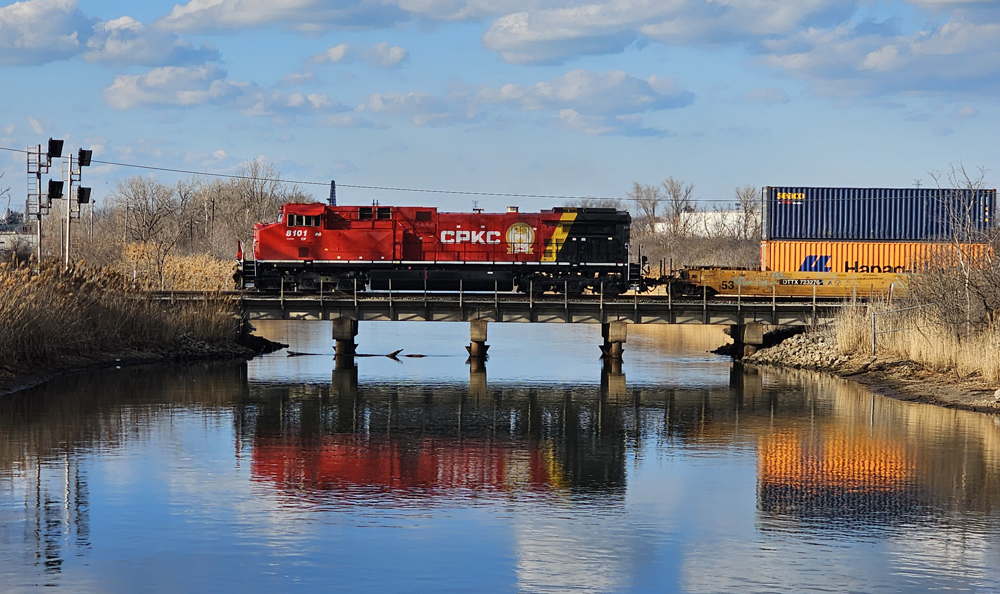
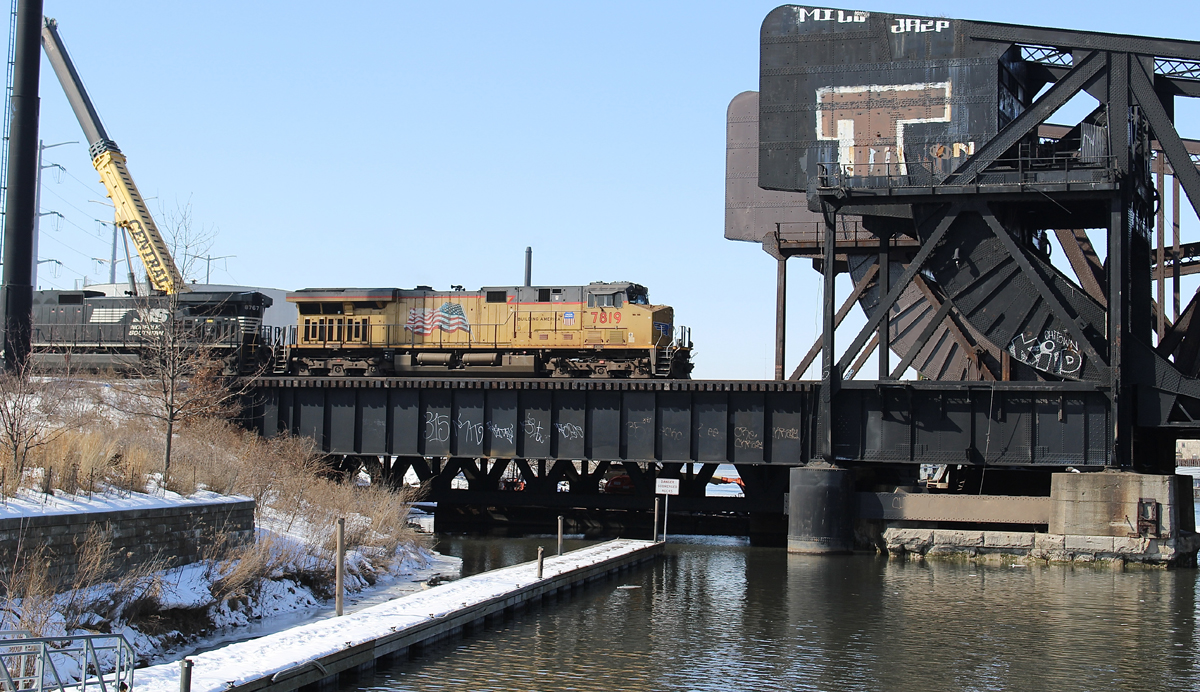
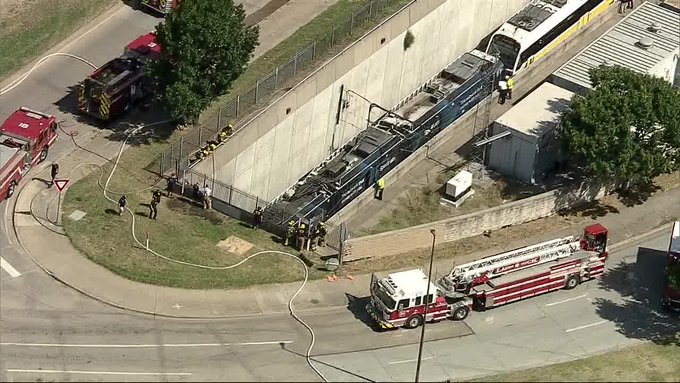
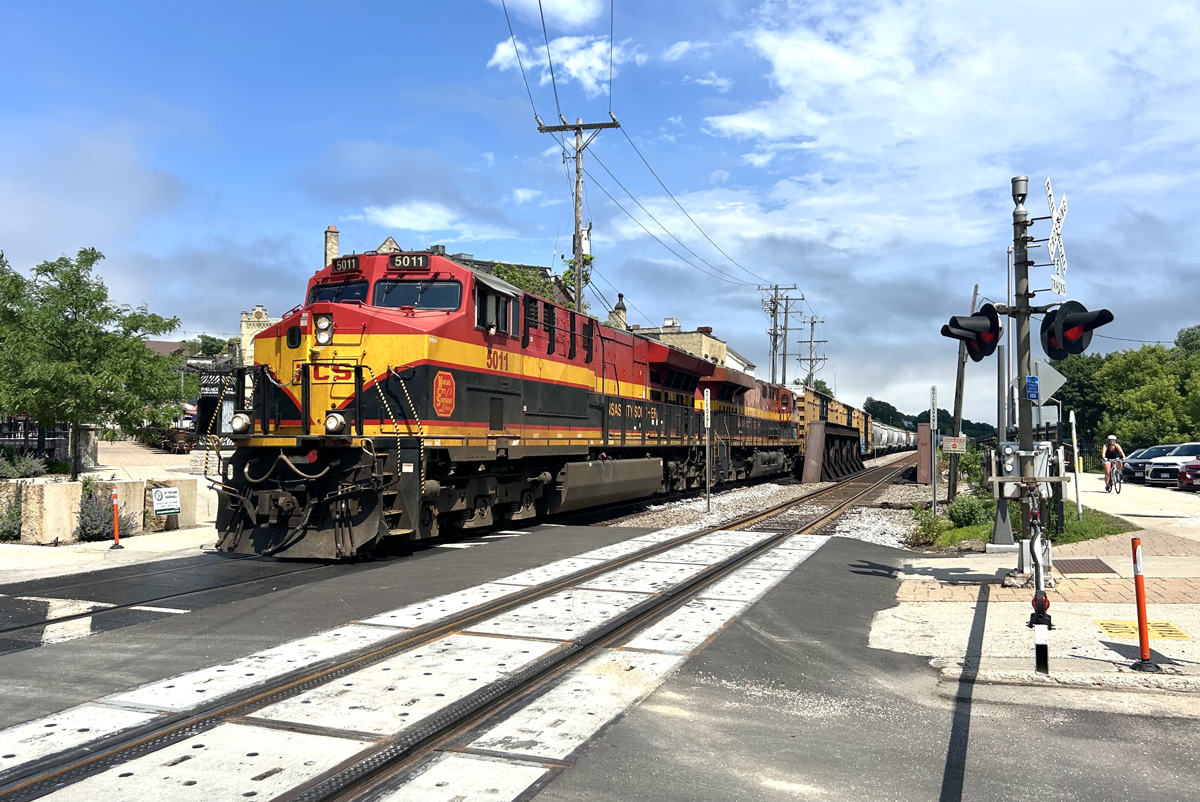



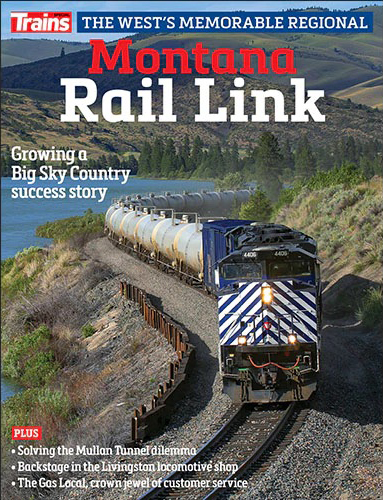
Dead on Arrival on Track 0.
More liberal pipe dreams.
Like the Highway Trust Fund.
For Amtrak to consider such a large electrification project, they would also have to consider generating their own electricity. Of course this would greatly increase the costs of electrifying all their routes but would have to be considered at least in the NEC where purchasing electricity contributes greatly to their operating costs.
Unfortunately, railway electrification is not a priority for every nation…
Dr. Güntürk Üstün
It is Amtrak 12.5 kV 60 hZ now in use from Gate CP -Hell Gate route – New Rochelle then 12.5 – 60 hZ all of MNRR to east of New Haven. It is Amtrak 25 kV 60 hZ from that point all the way into BOS south station.
Gate past SSY into NYP fed by a converter to 25 hZ in SSY yard. Then of course all the old PRR and Reading RR CAT is 25 hZ 12 kV.
Where is the power going to come from (not that any politicians care about physical reality)? Last auctions for the Mideast’s PJM interconnect region saw (again) rates skyrocket. And it will have to compete with AI’s voracious demand. When the railroads looked at electrification about 50? years ago the utilities would only quote them interruptible rates; when loads get too high (at 5 PM maybe when everybody goes home, turns on the A/C and recharges their EV’s) the railroads (like other industrial users) would get their power cut off. More and more power will also come from green supplies which are both unreliable and unstable (witness the Spain and Portugal national blackout). Unlike rotating turbine/generators (powered by gas, oil, nuclear, hydropower) with their massive rotating inertia which will dampen any sudden perturbations in frequency (if the system frequency deviates too much from 60 Hz the grid will automatically shut down to prevent damage) renewable sources have no damping ability at all.
Good comment from a knowledgeable person, Robert. Everything the “greenies” want will weaken the efficiency of the grid — and every kWH lost (and wasted) from the ever-increasing load on the grid is this: —- HEAT into the ecosphere.
Those with long and fond memories of the Milwaukee’s electrification on “Lines West” will recall the hopes that it would provide the test bed for other roads to consider. If I recall, the Pennsy was considering putting wires up West of Harrisburg.
I’ve also heard that Pennsy planned to electrify west of Harrisburg, in fact all the way to Chicago. Unfortunately WWII got in the way of that, and then diesels happened afterward.
The present congress and POTUS are not interested in anything that will take years to complete. IMO what will be needed to do first if by chance this passes is:
1. The NEC will have to be converted to 60 hZ, Otherwise it would cost $1M more for each 60 hZ equipment to have dual 25 / 60 hZ equipment. That includes more inverters to provide single phase 60 hZ for many items. Example LED lights do not function well on 25 hZ especially half phase ones.
2. The extra weight of dual frequency equipment will have an increased wear and tear on track structures.
3. Any HSR equipment needs to be able to access the NEC without having to change frequencies although that is not really a problem now.
Alan — Extremely informative. Am I to guess that the 60 hz is the newest part, east of New Haven?
Obviously there is another advantage to 60 hz — it’s available off the grid. 25 hz has to be converted by the user.
This from the Senator from the state that runs MBTA diesels under Amtrak wires that have been there for about 25 years.